Cuba is surrounded by much curiosity. A country that has suffered political and economic turmoil over the years with the government changing from one political system to another, including under the iconic leadership of Che Guevara.
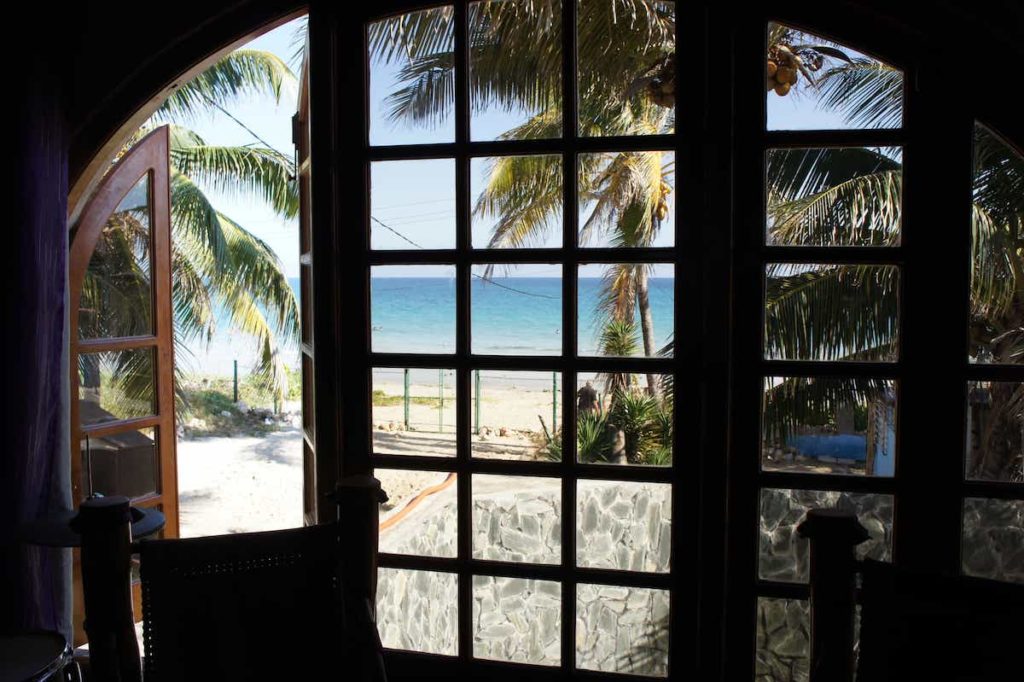
While still a socialist country it has taken increasing advantage of tourism and things to do in Cuba were
made more possible with the Obama administration easing travel restrictions for Americans to travel there.
While Havana is the capital and brings in 70% of the tourists, the government is investing in other parts of the country.
Much of the island is a UNESCO world heritage site due to its beauty and history. The island is rich in forests, sandy beaches, black sand beaches and beautiful Caribbean weather. It is home to Alejandro de Humboldt National Park, one of the most biologically diverse tropical island sites on Earth.
It’s no wonder that when Christopher Columbus arrived in 1492, he allegedly stated, “This is the most beautiful land human eyes have ever seen!”
Table of Contents
Socialism
Being a socialist country, not everywhere can cater for tourists. There can be a lot of difference in standards in restaurants and hotels. Most are state run but there is the emergence of private businesses with people opening up their homes and creating restaurants from their houses, called paladars. These often have better service and are less formal than their state counterparts.
There are two currencies, one specifically for tourists called Peso Convertible CUC and one for locals called Peso Cubana or CUP. However, a lot of islanders will also use CUC and most of the restaurants and shops will charge in CUC. The vast difference in standards only seems to entice tourists who want an authentic
experience of the ‘real Cuba’.
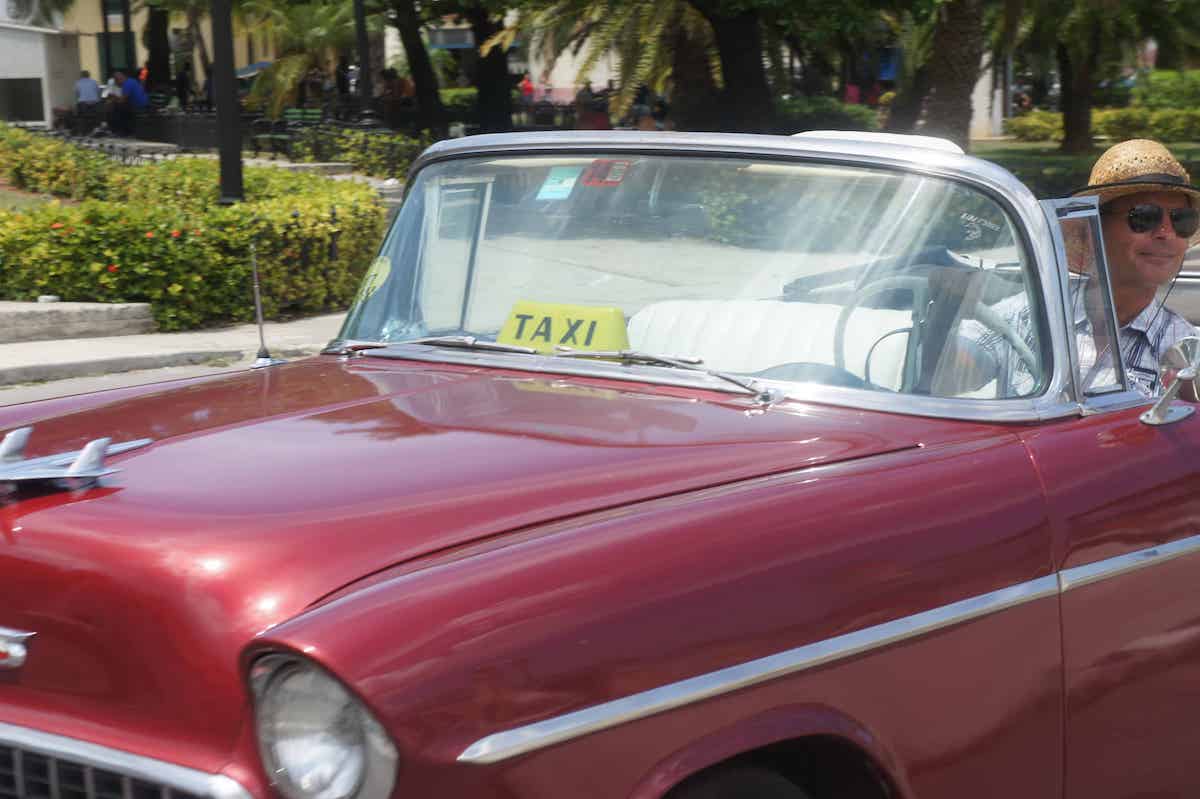
Living in the Western world, a socialist country can be a real awakening. While we take things for granted like being able to buy whatever we want and regularly change cars and electronics, this is not possible in Cuba. Not all products from the Western world are available and when it is, it is overpriced, making it difficult for the average Cuban to afford.
There have even been food shortages and a rationing program was introduced to combat this, something the western world has only seen during periods of war. While the buildings are grand, most are in a state of disrepair.
The government controls everything in Cuba from education, healthcare, housing, and entertainment.
While free healthcare and education sound great, the reality of having to support so many people can lead to a lot of other issues, like poverty and more than one family having to share an apartment.
Most of the people live humbly and while tourists pour in, it wasn’t until 2013 that Cubans could leave their country.
Professionals and farm hands earn the same wage and most in public service jobs. However, with the influx of tourists there has been an increase in entrepreneurs which should help the stagnant economy.
While Cuba offers stunning scenery, an authentic experience includes getting a real insight into life in a socialist country.
Playas del Este, Guanabo
If you’re staying in Cuba, you are more than likely to be staying in or around Havana. If you want to experience real Cuba, just half an hour from Havana is Playas Del Este.
It is made up of beach resorts popular with the locals. Playa Bacuranao is a small horseshoe-shaped beach, popular with families during the summer months. Tarará has a marina for water sports, built in an art deco style overlooking the Atlantic Ocean. Jet skis and catamarans are available to hire.
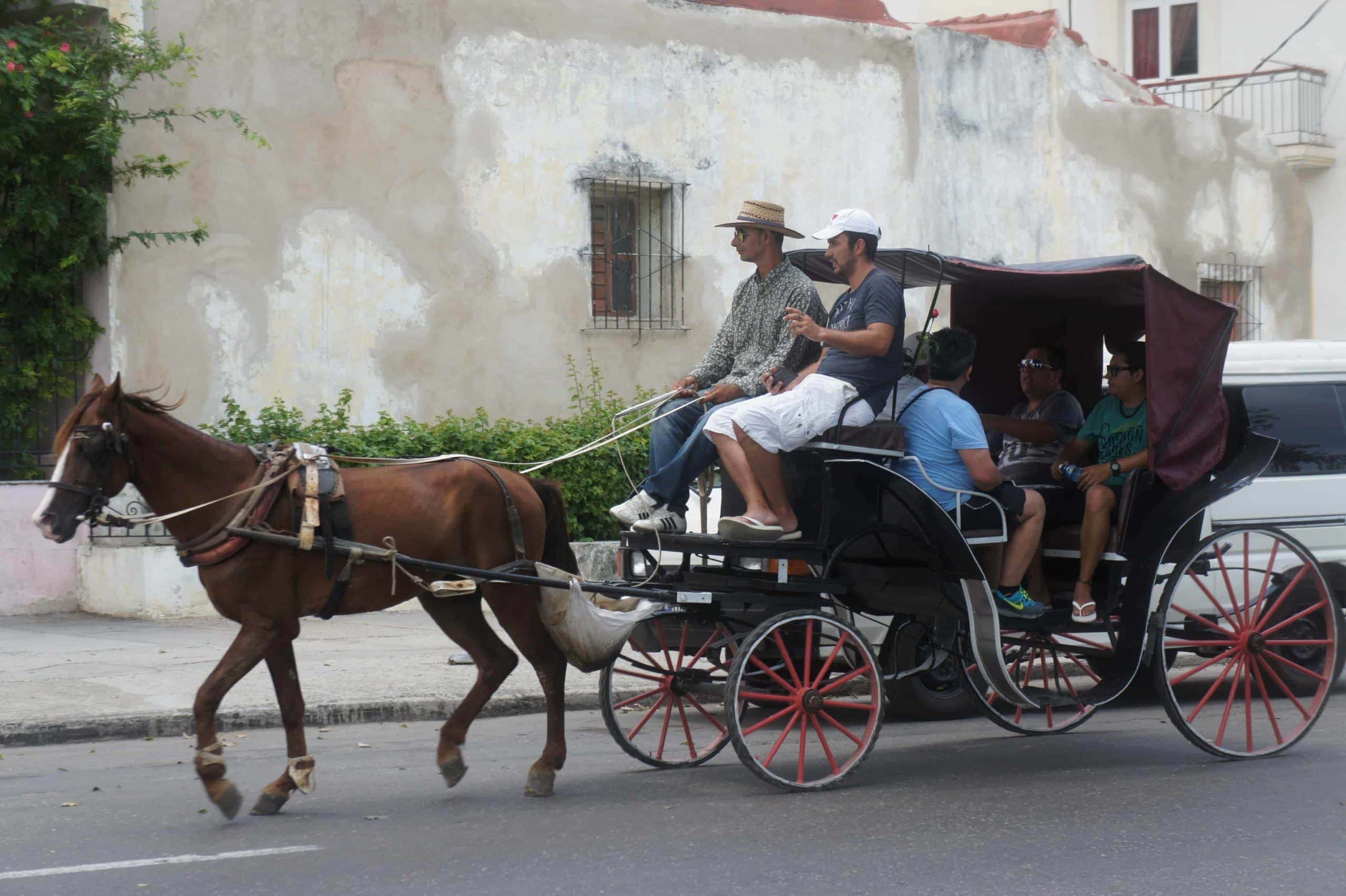
Guanabo is a lively seaside town where locals dance the summer away. Not many tourists stay in this area as there are no resorts nearby and the hotels that are here are soviet style. It is a small town with restaurants, horse drawn carriages, and a beautiful beach which runs 4 kilometers.
Not forgetting the cocktail service on the beach so you don’t even have to move off your lounger. Kiteboarding is a popular sport here for those not simply wanting to laze around with a Cuba Libre cocktail.
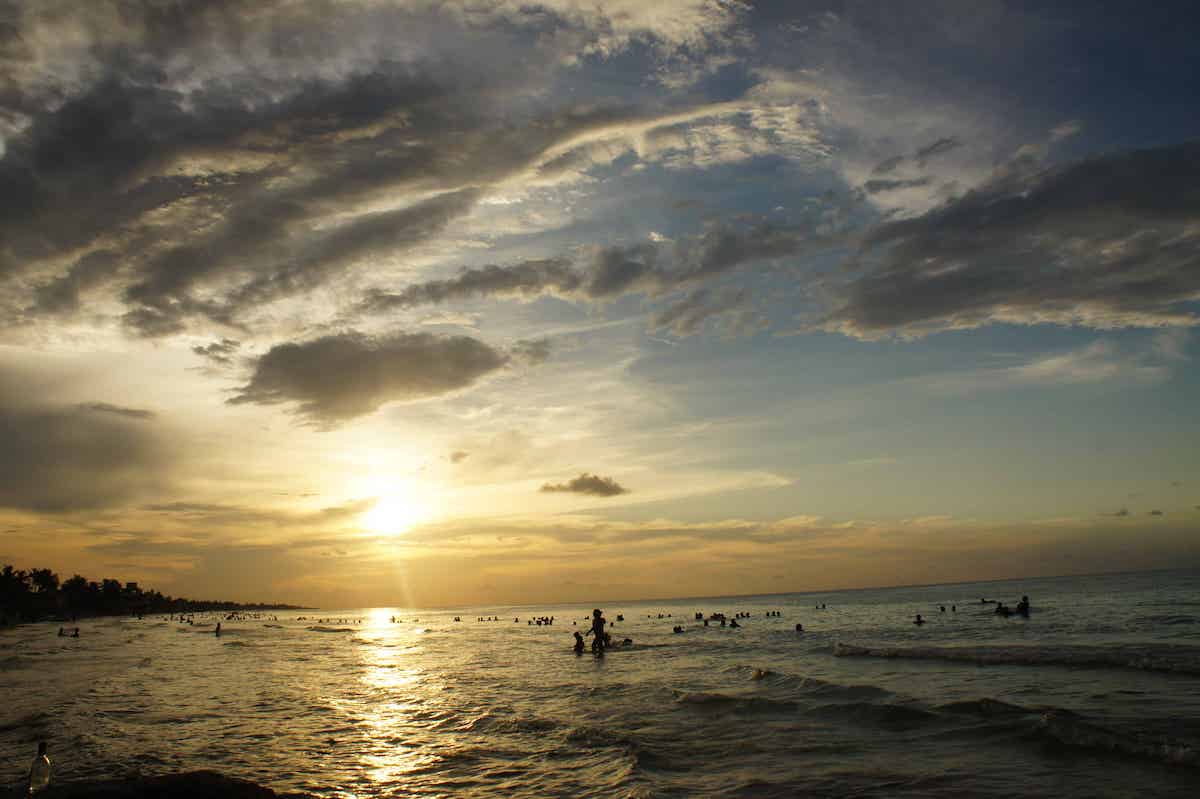
The white sand beaches are the perfect place to relax, with the palm trees dotted around and little thatched beach parasols to lounge beneath, overlooking the bright green water as it fades to deeper shades of blue until the horizon.
The Soroa waterfall- ‘el salto de soroa’
The Soroa waterfall situated within Sierra Del Rosario, is a Biosphere Reserve, an hour from Havana. It is a secluded place to swim with a small entrance fee and one of the most picturesque things to do in Cuba.
The water falls from a huge boulder onto the rocks below, a rainbow framing it as the water spray floats into the air. You can climb the steps along the rock wall to stand on top of the waterfall and look down at the pool surrounded by lush green trees.
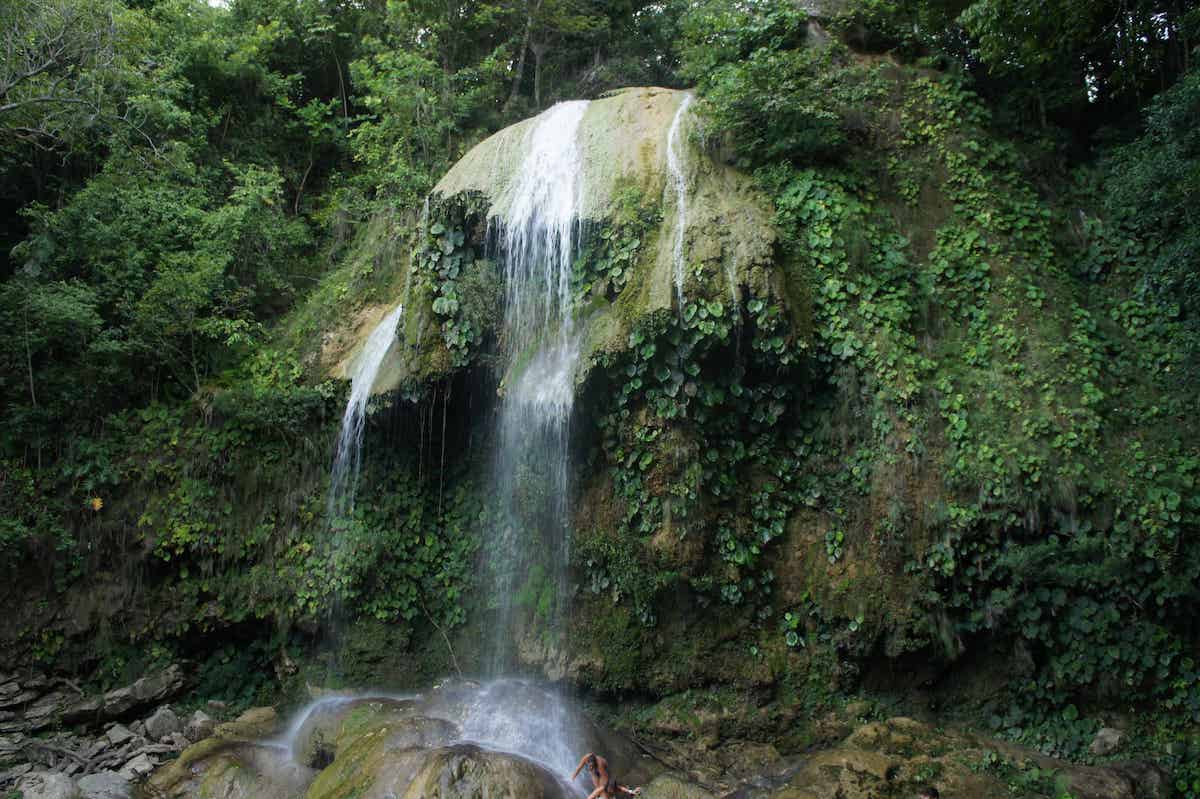
People frolic beneath the waterfalls as the water splashes against their backs and others lounge on the rocks surrounding the pool, absorbing the sunshine as it filters through the greenery.
While there, you can visit the botanical garden, which has over 20,000 specimens of plants. Walk through the trails, immersing yourself amongst the delicate purple Orchids. Or try horseback riding or cycling, although the area is steep.
Parque Zoológico Nacional de La Habana
The National Zoo of Cuba is in Havana and a great day out, particularly for children. There are over 700 species of animals who roam in open areas that resemble their natural habitats. The forest area has over 130 species of Cuban and migratory birds. Set in an impressive 243 hectares, you could spend a day here, watching the giraffes lazily stroll and the lions majestically lounge in the shade. Their jaws opening in a yawn to show off their impressive fangs.
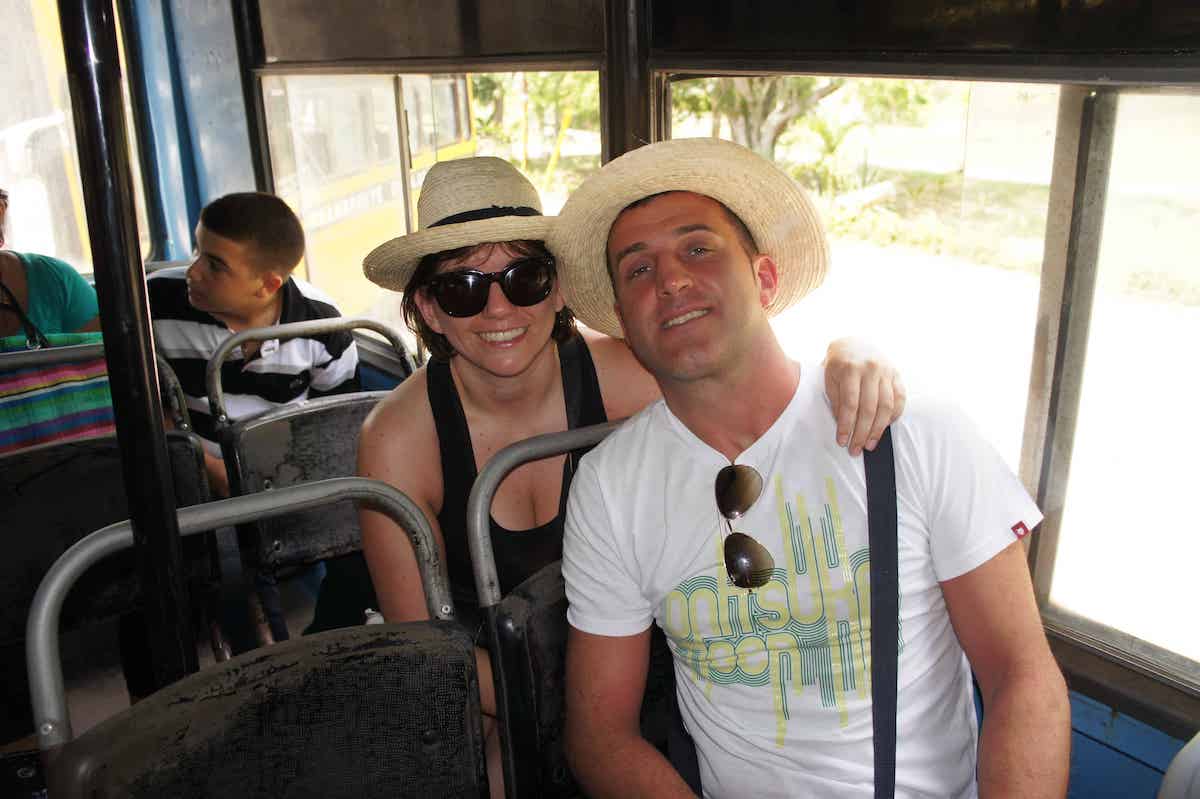
The bus drives through this African inspired terrain just like an African safari, the animals getting up close and personal as they stroll past the bus.
There is a children’s zoo, interactive games, and talk shows are available for more information on all the animals.
Almacenes San Jose market
For shopping in Havana, look no further than the Almacenes San Jose market overlooking Havana Port. It is surrounded by turquoise and pastel pink buildings and cannot be missed by the train sitting at the front of the building. The market is set in an impressive building, its many windows glinting in the sunshine.

The market houses over 500 shops with an art gallery upstairs. Stroll amongst the colorful aisles for a range of handicraft products and listen to the music as it floats through the stalls. Haggle with the vendors, get your hair braided or sample local food.
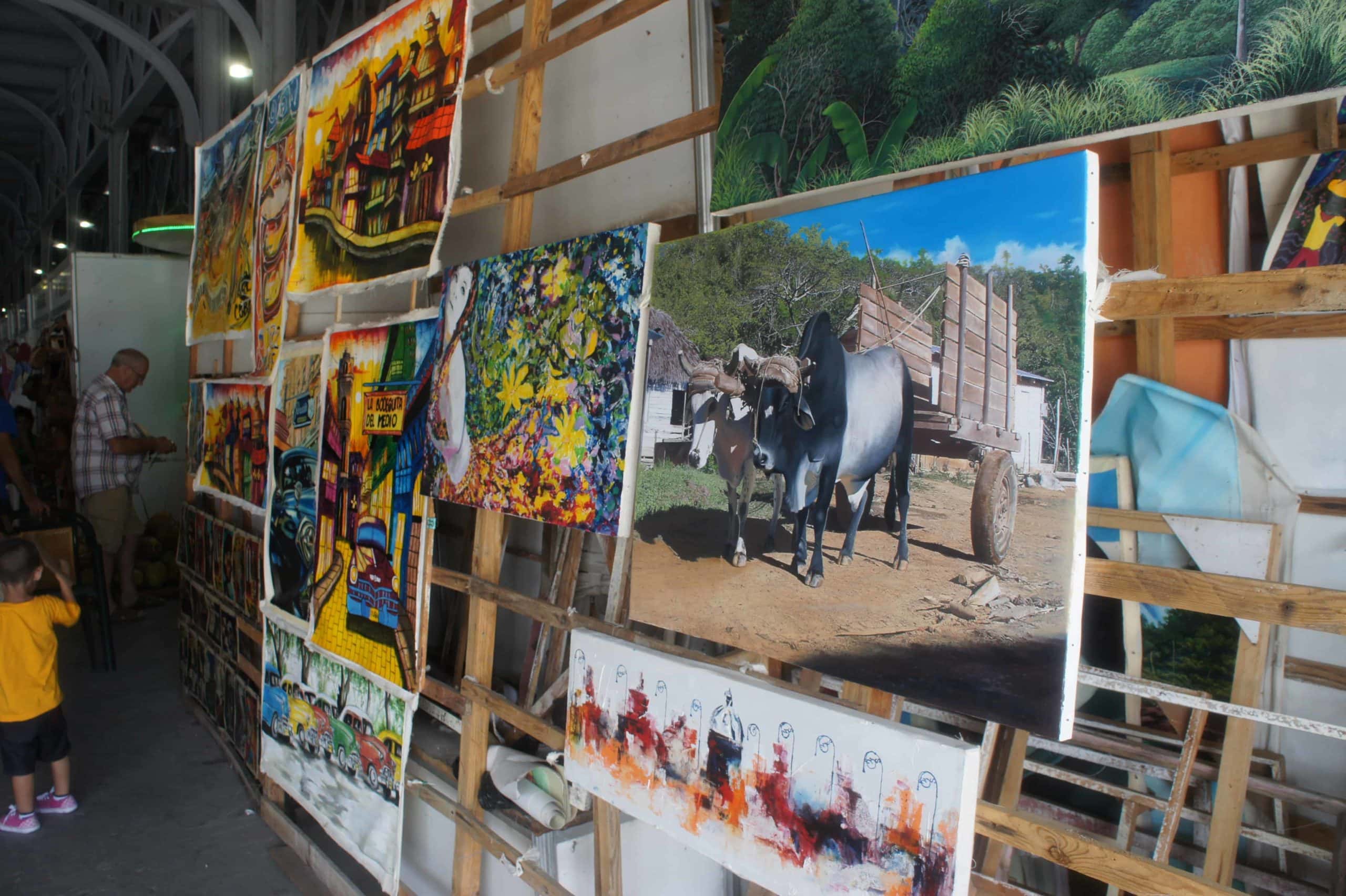
Head upstairs to gaze at the vast display of local art. The metal beams overhead give an industrial feel as you stroll through the rows of color. Blazing oranges, yellow sunsets, portraits with intricately captured details, the shine of a red car so real like a photograph, make you want to reach out and touch it.
If you don’t have much time for shopping, this is the place that has everything under one roof and the chance to get some unique items - personally I think it was one of the most interesting and satisfying things to do in Cuba.
History
The old buildings and vintage cars transport you back to another time and if you want more history there are plenty of options. The Mausoleum and Museum in Santa Clara about Che Guevara is a good place to brush up on your history of Cuba. Ernest Hemmingway lived here from 1940 until 1960 and you can call into The Floridita bar in downtown Havana or the restaurant, Bodeguita del Medio which were popular haunts of Hemmingway.
The Jardines del Rey archipelago island is also featured in two of Hemingway’s novels. Situated off the middle of Cuba, the island has resorts and the most beautiful white sand beaches. In the 1980s a road was constructed to access the island, if you fancy heading further than Havana.
Havana
The capital of Cuba is packed with charm and vibrancy. Take a free walking tour through the city to get a feel for it. The architecture is not what you would expect for a socialist country with buildings with great carved facades and plinths rising above you with statues, buildings that wouldn’t be out of place in Rome.
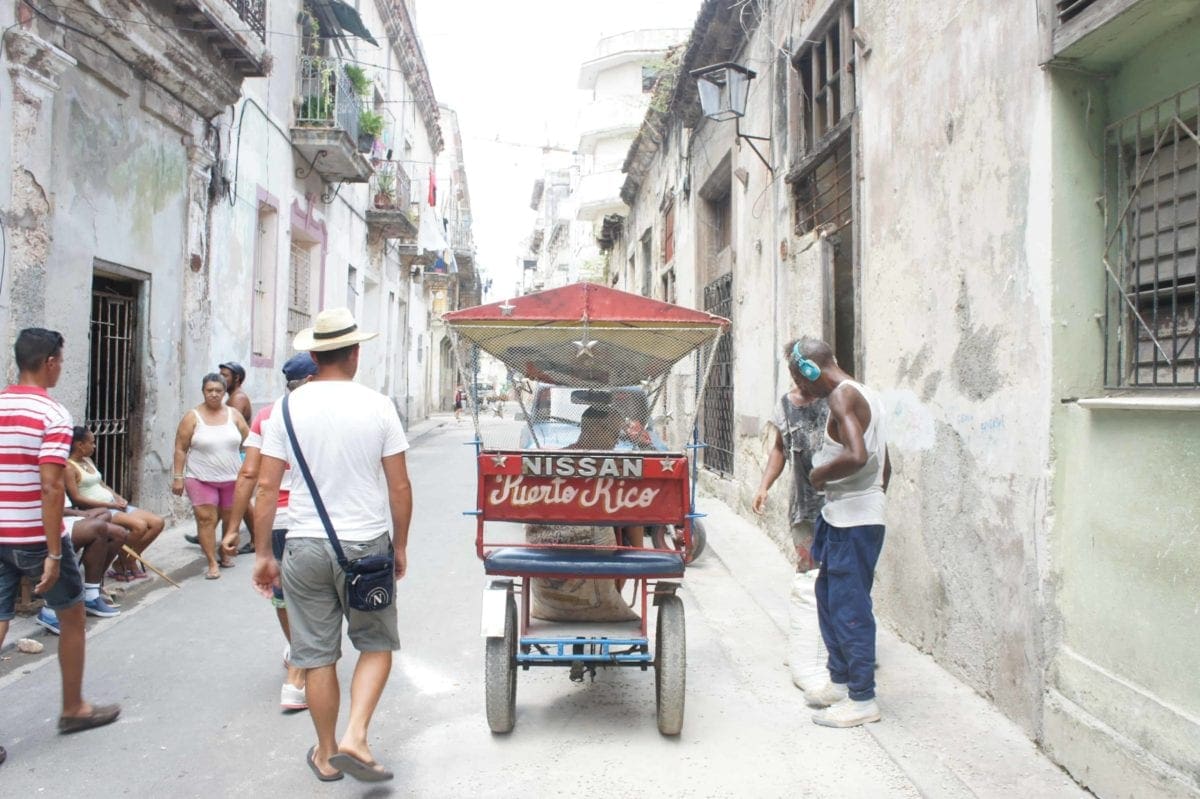
The grandeur of these colonial Caribbean buildings, still the same since the 1950s.
Walk around the Malecon, the five-mile city wall and esplanade, which runs the full length of the city. The views stretch over the city and to the glistening sea beyond. Visit Havana Cathedral with its ceiling reaching far above your head and huge chandeliers. See the mural of Che Guevara at the Plaza de la Revolucion. His iconic black and white image looks down at the passersby.
For something completely different, visit Fusterlandia, a folk-art neighbor. Buildings made of mosaics, archways of brightly colored tiles, hearts and hands rising up from the ground in one of the quirkiest scenes you could imagine. Not unlike the Park Guell in Barcelona, it is like something created from a fantasy, with swerving lines, bright colors, and creative shapes.
Days could be spent exploring this charming city, brimming with history, architecture, and stunning views out to sea. It is no wonder Camila Cabello sang, “my heart is in Havana.”
Old Havana
Situated on the west side of Havana Port, this part of the city is a UNESCO World Heritage Site, as is most of the island.
Baroque and neoclassical architecture line the cobbled streets and squares. Highlights are the Cathedral de San Cristobal, a beautiful building but the inside is simply magnificent. Its stone pillars rising high above your head, the dark wooden pews in row after row, the glittering chandelier at the far end, all capturing a sense of calm and peace.
Other highlights and other beautiful buildings are the theatre and the National Capitol building.
Castillo de la Real Fuerza is a bastion fort. Built as if floating on the water, the fort reflected in the murky green water overlooking Havana Port.
As you stroll through the cobbled streets taking in this historic and vibrant city, the smell of street food is sure to catch your attention. Try a popular dish like Rope Vieja (shredded beef or lamb stew) or a Pie de coco, a pie with shredded coconut.
Don’t forget to stop for a Cuban coffee, unique in that it is pre-sweetened coffee as they add sugar to the pot. Street food is a cheap way to dine and a great way to taste a variety of Cuban cuisine.
Things to do in Cuba - Other parts of the island
Outside of the hub of Havana, there are many things to do in Cuba and many places waiting to be explored. The UNESCO World Heritage site of the town of Trinidad, where no cars are allowed, Cienfuegos City, called the Paris of Cuba due to its French influenced architecture. Or head to Santiago de Cuba in the southeast for some of the best Cuban music at their annual July carnival.
Each part of the island offers a unique experience and the landscape is so varied that it is a good idea to remember to visit areas outside of Havana for a well-rounded impression of the island.
While the tourism industry explodes in Cuba, and luxury hotels, and family-run restaurants spring up everywhere, there is a threat now to tourism with the Trump administration curtailing tourism and banning trade with certain Cuban enterprises.
The island is a paradox of a fertile land with the most beautiful scenery and colonial mansions, however, there is also another side. Of people living in poverty and not having the same freedoms that the western world is entitled to.
The contrast between socialism and the emergence of capitalism is an intriguing perspective that makes Cuba so unique. The charm of the cobbled streets of Havana and the stunning scenery look like a paradise that you won’t forget, but the experience of being in a socialist state is also unforgettable.
If you're not into Cuba as much, read my blog post about Hawaii, Kauai or Mexico. 😉